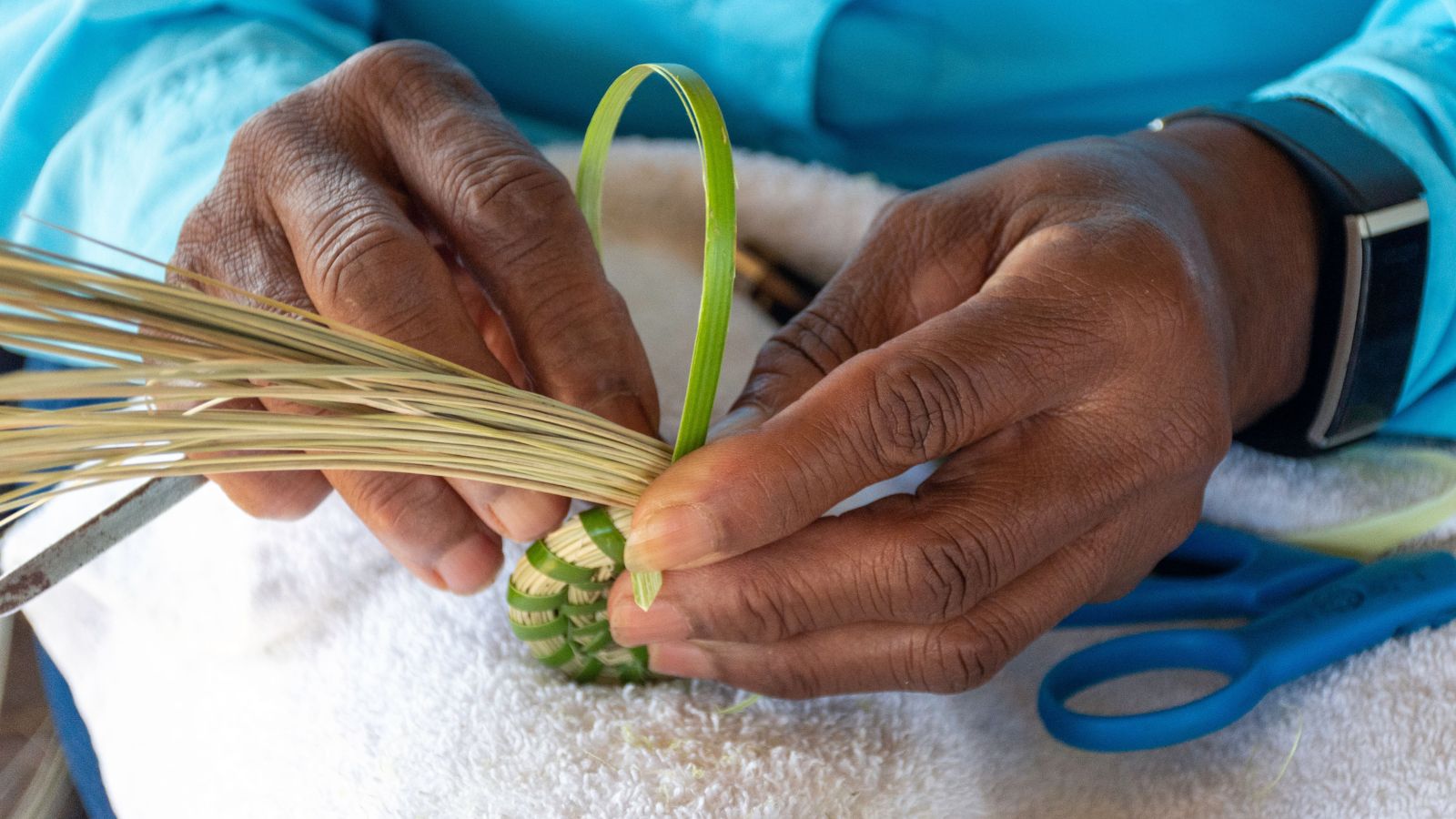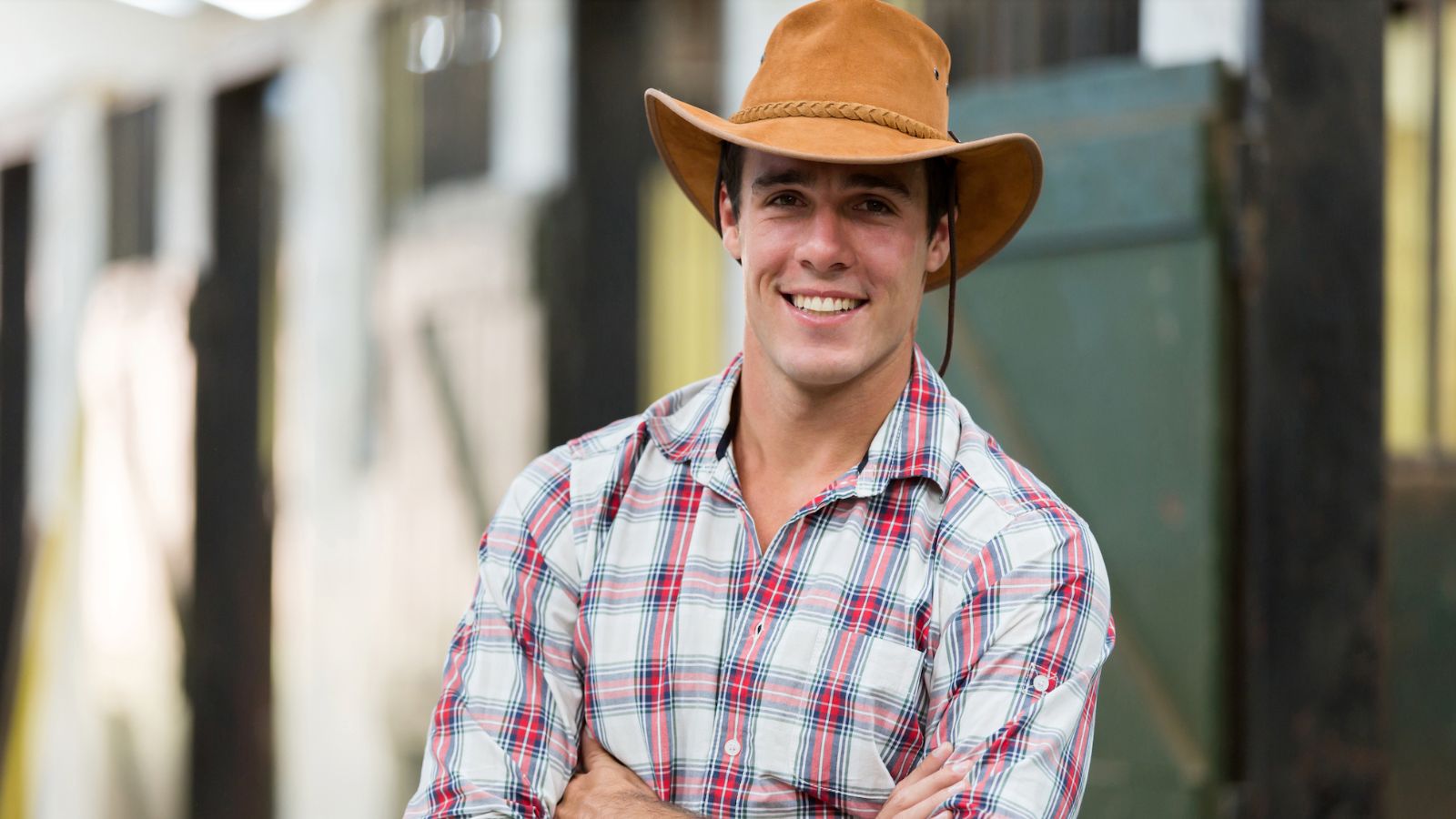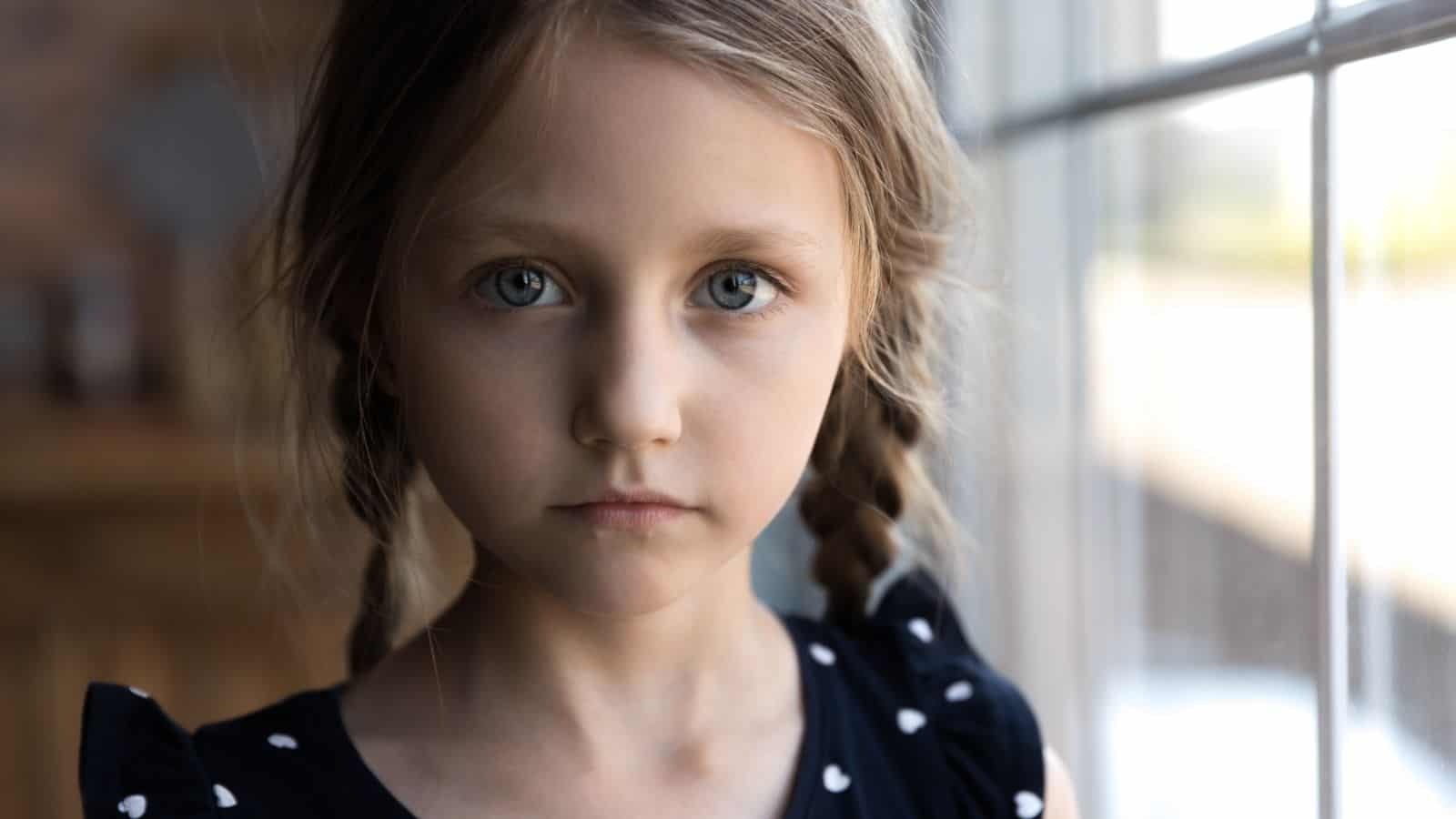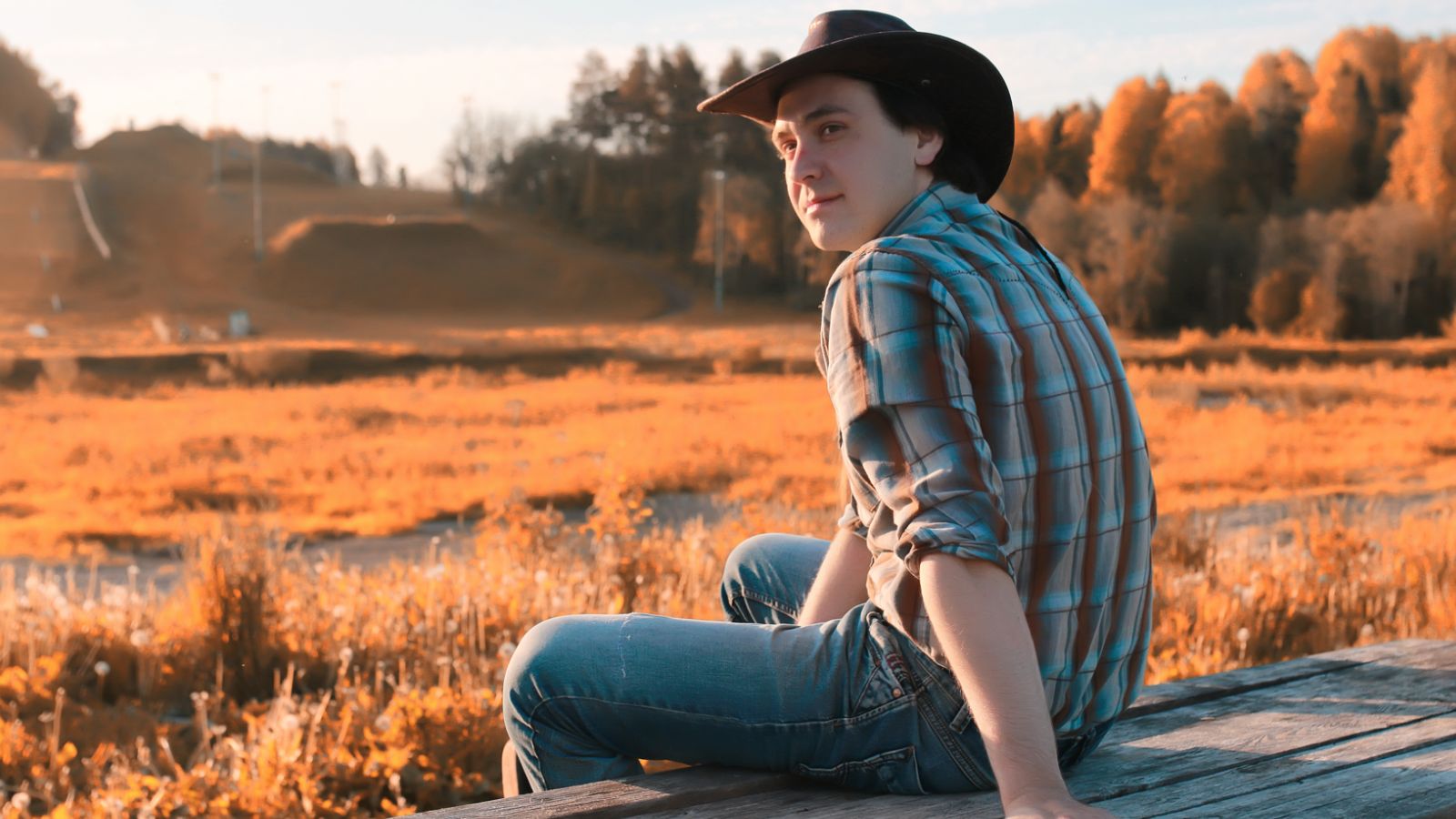The U.S. is rich in cultural traditions that date back centuries. Traditions from enslaved people from Africa, Native American tribes, and European settlers have flourished across the nation, but many are threatened by cultural assimilation and modernization. Here are 18 cultural traditions in decline in the U.S. and the efforts undertaken to revitalize them.
Native American Ceremonies

Traditional Native American ceremonies have long been in decline due to cultural assimilation and modernization. Tribes across the U.S. are undergoing efforts to preserve their sacred dances, languages, and rituals, but they face challenges preserving them due to legal and societal restraints.
Amish Way of Life

The Amish are facing challenges in maintaining their traditional lifestyle in the digital ages, with Lyman Stone on Medium noting, “There’s been a gradual shift among the Amish increasingly away from traditional farming, towards manufacturing, like furniture, in no small part driven by profit-signals from the non-Amish economy.” Amish fertility levels, while higher than the U.S. average, are in decline, and a quarter of people raised in the community leave when they’re adults.
Appalachian Folk Music

Appalachian folk music was influenced by Scotch-Irish and English ballads and was passed down through oral tradition over the decades. This tradition has faded in recent years, but there are efforts to preserve this unique music, including the annual Bluff Mountain Festival held in North Carolina every June, which features music performances as well as individual flatfoot dancing and team clogging.
Creole and Cajun Cultures in Louisiana

Creole and Cajun cultures in Louisiana originated from colonial Louisiana during French and Spanish rule before it became part of the U.S. These cultures developed dialects, famous cuisines, and social norms. But as the world has globalized and Louisiana has faced natural disasters, the erosion of their cultures has become apparent. Local festivals, including Mardi Gras, are leading efforts to preserve these unique cultures, an important part of Louisiana’s cultural identity.
Gullah-Geechee Heritage

The Gullah-Geechee people descended from Central and West Africans who were enslaved in the lower Atlantic states of Georgia, Florida, North Carolina, and South Carolina to work on cotton and rice plantations. According to the National Park Service, their enslavement on isolated coastal plantations allowed them to retain many of their indigenous traditions, such as food and spiritual traditions, and they also created Gullah, a Creole language exclusive to the region. Their struggle to maintain their language, traditions, and land rights resulted in the 2006 establishment of the Gullah Geechee Cultural Heritage Corridor, overseen by the federal Gullah Geechee Cultural Heritage Corridor Commission, to preserve their culture.
Southwest Pueblo Pottery Making

The traditional pottery-making techniques of the Pueblo communities in the Southwest have long been in decline. Pottery is significant in Pueblo culture, with important ceremonial and utilitarian uses, and is still produced almost identically to the 1050–1300 Classic Pueblo period. Initiatives to revive these ancient skills by teaching them to younger generations are underway across the Southwest.
Alaskan Native Whaling Practices

Whaling has long had cultural and subsistence importance for Alaskan Native communities. However, climate change and regulatory challenges threaten the practice, which plays a vital role in community cohesion, identity, and the preservation of traditional knowledge. Alaskan Native communities are leading efforts to balance their traditional practices with ethical and sustainable considerations.
Cowboy Culture of the American West

Cowboys played an important role during America’s westward expansion. American cowboys created their own style and culture distinct from their Mexican origins. But that culture has long declined, with a diminishing presence amidst modern ranching practices. History notes, “The cowboy lifestyle and culture is still found in certain areas of the United States, albeit to a lesser degree than a century ago.” Media portrayals of cowboy culture have long sparked interest, and rodeos, poetry, and other cultural expressions aim to preserve the culture of cowboys.
New England Barn Raisings

Barnraising was common in New England during the 18th and 19th centuries. Barns were a necessary structure for farmers, but assembling one required more labor than most families could provide. So, the community would assist in building their neighbors’ barns unpaid, understanding that they, too, would receive help building their own barns. These barns have become architecturally and historically significant in the landscape, and there are efforts to revive barn raising as a community activity.
Pennsylvania Dutch Hex Signs

Hex signs painted on barns are a traditional form of Pennsylvania Dutch folk art found in Pennsylvania Dutch Country. The paintings, usually of “stars in circles,” first appeared in the early 19th century, later becoming widespread due to the availability of commercial ready-mixed paint. By the 1950s, commercialized hex signs were popular with tourists. However, this commercialization has led to challenges in preserving authentic practices and their role in local folklore.
Southern Quilting Bees

The quilting bee is a communal activity deeply embedded in the history and cultures of the South, notably Alabama. BMA Stories notes, “Since the early 1800s, quilters in the area have created original patterns from clothing, sacks, and fabric remnants using techniques passed down from mother to daughter.” The storytelling and heritage preserved through these quilt patterns and techniques are kept alive by modern quilting circles throughout the South.
Pacific Northwest Totem Pole Carving

Traditional totem pole carving has long held cultural significance among Indigenous communities in the Pacific Northwest. They play an essential role in the storytelling and lineage of these groups. Contemporary projects led by Indigenous communities in the area preserve this art form and mentor younger generations.
Hawaiian Hula and Chanting

Hawaiian Hula is a dance form expressing chants and songs that was developed in the Hawaiian Islands by the Native Hawaiians. Hawaiian communities have long faced challenges preserving this unique culture against commercialization and cultural dilution. Hālau hula (hula schools) have led efforts to maintain the authenticity and sacredness of these practices, alongside efforts to integrate hula into the educational curricula.
Folk Medicine in Appalachia

Folk medicine has long been practiced in Appalachian communities, but it has been waning over the past century as modern healthcare has become the norm in the region. The rich heritage of herbal remedies, midwifery, and traditional healing practices in Appalachia is being documented and preserved for future generations.
Chinook Canoe Journeys

Canoe journeys play an important role in traditional Chinook culture in the Pacific Northwest as a form of cultural exchange, community building, and youth education. The journeys reconnect the Nation with ancestral waterways and traditions. Since 1989, the annual Canoe Journey has brought different tribes together to celebrate the tradition.
Puerto Rican Vejigante Festivals

Vejigante mask-making in Puerto Rico is threatened by economic hardship and cultural globalization. These masks have a cultural significance during festivals like Carnaval de Ponce, and there are efforts to preserve this tradition through workshops, festivals, and community events. People are Culture reports that artists, including Miguel Caraballo and Raul Ayala, continue the tradition of mask-making on the island.
Southwest Native American Silversmithing

Silversmithing has a long-held role in tribal identities and economies among Native American Nations in the Southwest. However, rational silversmithing skills among artisans are declining in the region. New initiatives and programs have sprung up to revitalize these traditions and techniques.
Midwest Polka Music

Polka music is diminishing in Midwestern cultural festivities as musicians and audiences age. The music has historical roots in the region and is featured at community gatherings and celebrations. Festivals and educational programs aim to attract interest and engage youth in this historic music.
Read More: Why People Aren’t Religious Anymore: 15 Simple Reasons

As society evolves, so does our approach to spirituality. This article looks at the subtle yet profound shift from traditional religious adherence to a more personal, evidence-based belief system.
Why People Aren’t Religious Anymore: 15 Simple Reasons
17 American Attractions That Not Even Americans Want to Visit

The United States of America—land of the free, home of the brave, and the location of some of the most ‘unique’ tourist attractions you’ll ever lay eyes on.
Get ready to chuckle, scratch your head, and maybe even facepalm as we look at 17 American attractions that not even Americans think are worth visiting.
17 American Attractions That Not Even Americans Want to Visit
17 Fairy Tales That Are Now Considered Racist

While fairy tales weave magical narratives that span generations, many emerge from historical and cultural contexts tinged with biases. Hiding in many of these tales, racial undertones can be found. Let’s look at 17 fairy tales that have deeper implications.
17 Fairy Tales That Are Now Considered Racist
18 Common Traits Found in Adults Who Had Unhappy Childhoods

Being a parent is a hard job, so even those who are truly trying their best will often miss the mark on creating the best environment for their children. Unfortunately, this means that many of us grow up with far-from-perfect childhoods that affect us into adulthood. Here are 18 common traits found in adults who had unhappy childhoods.
18 Common Traits Found in Adults Who Had Unhappy Childhoods
18 Things Old People Just Can’t Get On Board with Today

Over the past few decades, society has evolved, and with it, so have a few things that older generations find it uncomfortable to get the hang of. While younger generations are easily able to adapt to these changes, some of which are drastic, others may be struggling slightly. Here are 18 things the elderly may have difficulty learning.

